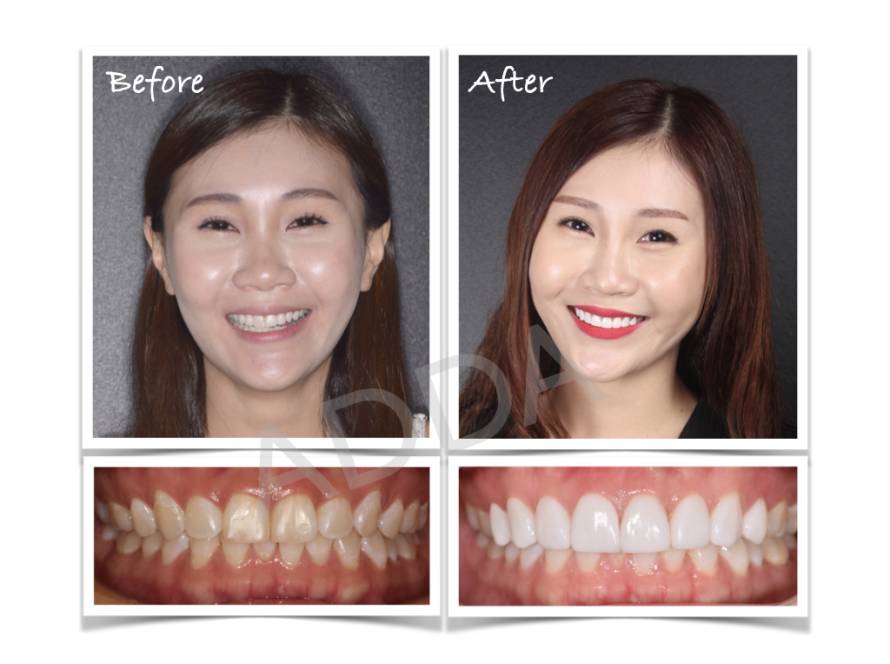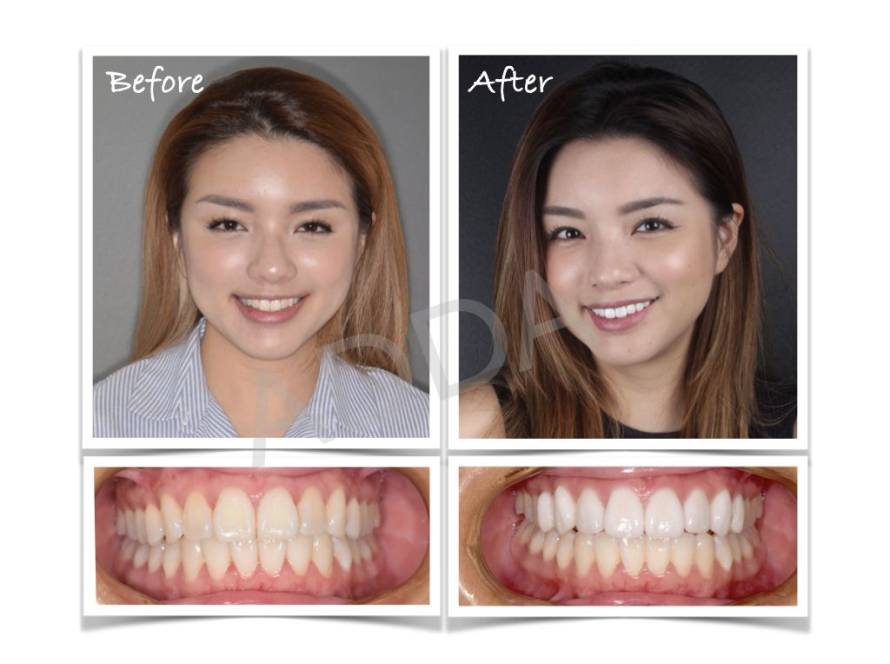A Health Concern
Amalgam fillings have been implicated as possible causes in a host of issues in our bodies, especially for individuals with metal or mercury sensitivities. Amalgam fillings are widely used to repair cavities caused by tooth decay. Strong and long-lasting, they have been used for many decades.
However, most amalgam fillings contain about 50 percent mercury. So, if you have a silver dental filling, chances are, it is made with amalgam.
Even though the International Academy of Oral Medicine and Toxicology has issued warnings about the dangers of mercury, most people are unaware of this health threat lurking in their mouths.
What The Studies Found
According to some studies, it is believed that the mercury in amalgam fillings is being released at very low levels as mercury vapour. This can be absorbed into the bloodstream and is stored in various areas and organs, notably the brain, kidney and liver.
Mercury dental fillings also expand and contract due to changes in temperature. This has attributed to an increase in tooth fractures and permanent damage of the tooth structure.
In addition, mercury silver fillings corrode over time in the harsh environment of the mouth, leaking metallic ions which cause staining and discolouration of the tooth. This makes it difficult for decay to be detected, often it is left to worsen until treatment becomes.
Removal & A Better Alternative
A strict protocol when removing amalgam fillings is crucial. Mercury fillings are removed under high vacuum suction and rubber dam isolation. This prevents the patient from ingesting the mercury fillings during their removal.
These mercury amalgam fillings can be replaced with new generation composite (white) fillings. They not only match the colour of the patient’s teeth to give a natural appearance, but last just as long when done correctly. Large mercury fillings can be replaced with stronger ceramic or prefabricated resin for added strength and protection.
ADDA’s founding dentists have been practising mercury free dentistry since 2004. Our knowledge and experience in handling mercury-free dentistry are highly evolved and recognised by even our peers. We are often sought after by other dentists locally and regionally to teach mercury replacement techniques. When it comes to dental fillings, we believe you should choose to provide non-mercury fillings for your patient’s well being and health. Help your patients live better.
What You Will Learn
At our Advanced Posterior Aesthetic course you will learn the following to bring your dentistry to the next level:
- Understanding adhesion to tooth structure for long lasting restorations.
- Recognizing and diagnosing the painful and elusive crack tooth syndrome and its management.
- Understanding the importance of isolation of saliva from the restoration and its
- impact in providing good dentistry.
- Doing Inlay and Onlay preparation instead of the more aggressive crown preparation
- as far as possible.
- Getting the patient’s Onlays and Inlays done on the same day to avoid another injection another day.
- Proper cementation protocol to ensure the longevity of the restoration.
- Clinical photography and video.
- Managing occlusion and finishing.
Come and join us at our next limited attendance Advanced Posterior Aesthetics course.


